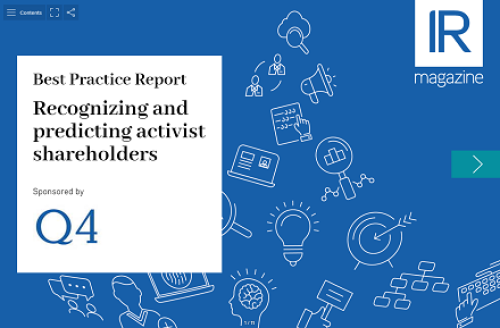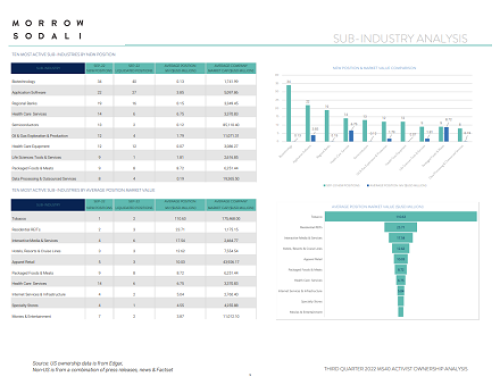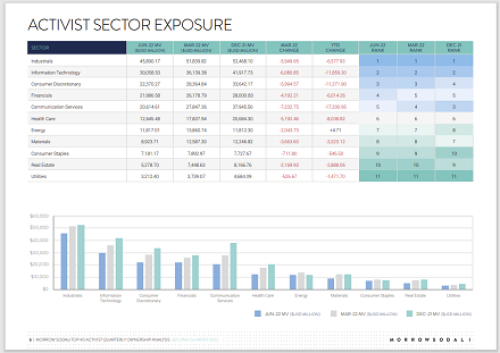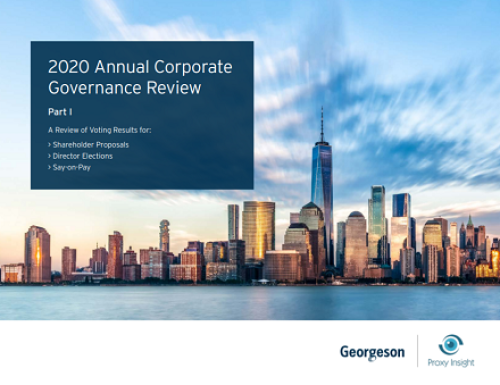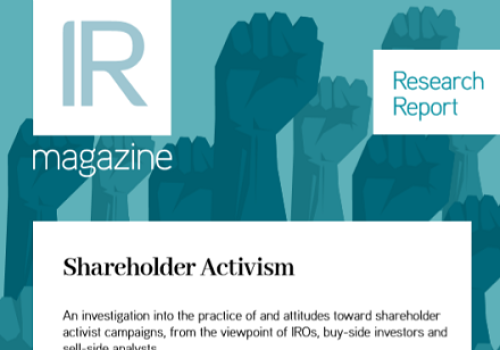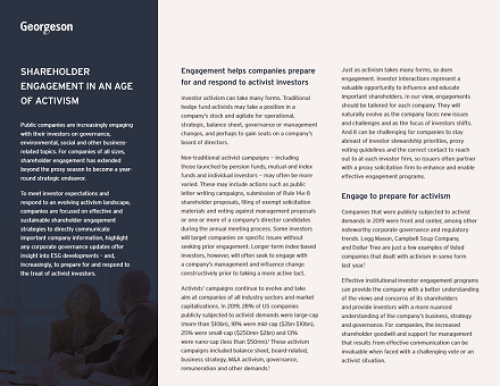Harvest Exchange on how Ashford Hospitality Prime has been using the platform in the information battle against Sessa Capital
The evolution of financial content platform Harvest Exchange came about largely because when it launched in late 2013, there were ‘no set rules,’ says Jeff Dorman, chief operating officer at the Houston-headquartered firm.
‘We never really provided any instructions [and] at first the content seemed pretty standard: most people were posting about individual stock ideas because that’s what they were familiar with, that’s what they had seen on sites like SumZero or Seeking Alpha or even StockTwits, where you had to follow a very specific format in terms of what you wrote about,’ he explains.
Early on, however, Dorman saw a change in the way users posted content. ‘I remember quite vividly when the first asset manager posted an investor letter,’ he recalls. ‘That opened the floodgates and within a month we had more than 100 investor letters; that evolution has just continued. Then somebody posted a white paper, then it was a webinar, a conference, a quick market update.’
Within six weeks of launch, the likes of Dan Loeb and Kyle Bass had signed up, posting market-moving stock picks. Harvest Exchange has since grown to ‘more than 300,000 individuals across 10,000 firms and with a content library that is well in excess of 12,000 pieces of content,’ explains Dorman.
Defense platform
While the majority of Harvest users are research providers, hedge funds, wealth managers and qualified buyers, a small – but growing – percentage represents corporate finance departments. And that’s where the latest stage in the platform’s evolution has been taking place.
The start of the year saw Ashford Hospitality Prime, a NYSE-listed real estate investment trust (REIT), become the target of activist Sessa Capital. Ashford’s third-largest owner with more than 8 percent of outstanding shares, Sessa accused the luxury-focused REIT of ‘conflict-of-interest transactions’ and corporate governance failures, announced its plans to nominate five independent directors for election and wrote an open letter to Ashford investors a month later.
Part of Ashford’s strategy against Sessa included posting to Harvest – another first for the platform. The REIT posted investor presentations detailing outperformance of stockholder return, releases announcing the launch of its AshfordPrimeFacts.com website, a rebuttal of the ‘myths’ espoused by Sessa, and more.
‘Most of the company executives joining Harvest have done so to read what others are saying about them,’ explains Dorman, citing how Energy21 executives signed up to see what hedge fund Serengeti was saying about the firm, as did ‘Dow Chemical when Dan Loeb from Third Point was talking about it, and General Motors when Kyle Bass from Hayman Capital was talking about the firm.
‘There are hundreds of companies where executives have joined just to be consumers and read what others are saying. Ashford was the first public company to be not just a consumer but also a contributor, publishing its own content with the purpose of reaching this investor audience.’
The REIT itself is a little more tight-lipped about the whole thing – understandably so given that the story has involved lawsuits as well as activist bravado. ‘Harvest has provided us with a unique opportunity to communicate our point of view on matters of importance to our shareholders and a broad array of capital markets participants,’ says Rob Hays, chief strategy officer at Ashford in a statement to IR Magazine, adding that the platform is ‘a logical next step for Ashford’.
Sessa Capital is not on Harvest but, of course, the fund isn’t the target of Ashford’s posts anyway. The point is to get Ashford’s point of view out to investors in general.
Fully compliant
One of the features of Harvest’s platform is an analytics tool allowing users to see the reach their posts have had. According to Dorman at the start of June, Ashford reached ‘1,800 unique investors, with a pretty great split between different types of asset managers reading their content.’
And that brings us to compliance. Has Harvest faced the same concerns that applied to the use of social media for IR, for example? The team at Harvest has spent a lot of time on compliance, says Dorman, working with the SEC before going live and developing free-to-use compliance guidelines. In fact, despite the hefty amount of content on the platform already, he says Harvest has had to remove only three posts to date – and none because of compliance issues. While content itself is not monitored, accounts have to be approved, with real names, photos and firms all verified by Harvest.
‘The quality of the consumers and contributors creates a sort of self-policing environment,’ says Dorman. ‘When you know your name or your firm is attached to something and you know who the audience is, you’re just less likely to break the rules, so to speak.’ This he adds, means the site has had ‘no problem getting through the compliance departments of massive firms like BlackRock or Third Point.’
This also brings Dorman to what Harvest can offer IR departments. Corporate use might be low today but, with the amount of content readily available to companies, it’s just a matter of time before firms get wise, he says.
‘Content is a very loose word – content can be anything – and public companies have plenty of it in their investor presentations, press releases and any other products and videos they have,’ he explains. ‘And their goal is to get in front of investors, to cultivate relationships with both new and existing investors.
‘We at Harvest have successfully created a platform that caters to the investor audience so for me it’s a natural progression for public companies to use that channel in order to get in front of these investors.’
|
The Harvest business model |



